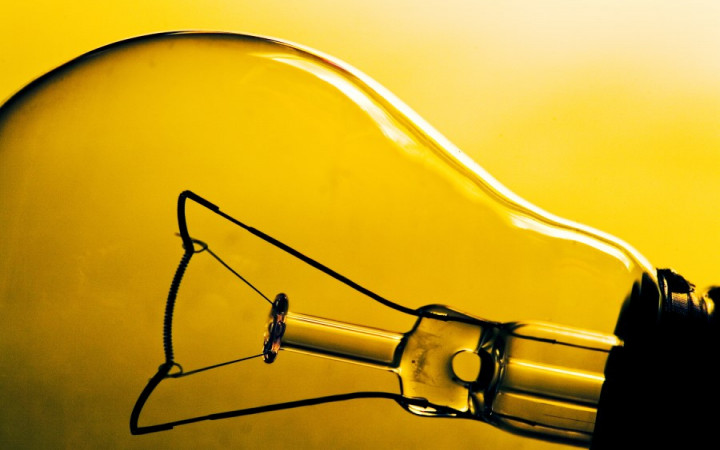Today’s Wonder of the Day was inspired by Sue. Sue Wonders, “How do lightbulbs work?” Thanks for WONDERing with us, Sue!
Imagine you're back in the Middle Ages. It's almost dusk and you head into the house to get cleaned up after a hard day of work in the fields. After a quick bath and a hearty supper, you want to relax and enjoy the evening for a bit. As it gets dark, what do you do for lighting?
Back before the invention of modern lighting, you probably would've reached for a candle or an oil lamp. If you lived in a big house, you probably needed several candles or lamps. Lighting all these devices — and keeping them lit — could be quite a chore. They could also produce a lot of heat and soot that weren't necessarily very pleasant.
It's no WONDER that inventors of the past yearned for a simple solution to lighting their way in the dark. In the late 1800s, two inventors — American Thomas Edison and Englishman Sir Joseph Swan — came up with the same invention independently around the same time: the light bulb.
Looking back across time, it's interesting to note that it took so long for such a simple invention to come about. The traditional light bulb, also called an incandescent light bulb, is an elegantly simple device made up of only a few basic parts. In fact, it hasn't changed much since Edison's day. It was, however, a technological revolution that forever changed history.
Light bulbs consist of only a few basic parts. The metal base has two metal contacts that connect to the ends of an electrical circuit. The metal contacts attach to two stiff wires, which themselves are connected by a thin metal filament. The filament is the thin wire you see in the middle of the light bulb, held up by a glass mount. All of this exists within a glass bulb filled with an inert gas, such as argon.
When a light bulb connects to an electrical power supply, an electrical current flows from one metal contact to the other. As the current travels through the wires and the filament, the filament heats up to the point where it begins to emit photons, which are small packets of visible light.
In a typical 60-watt light bulb, the filament is made of a long, thin length of tungsten metal. Although the filament inside the bulb looks like it's only about an inch long, it's actually over six feet long and rolled into a tight coil. This is possible because it's only about one-hundredth of an inch thick!
Not all metals will emit visible light when heated to extreme temperatures. In fact, most will melt before reaching such temperatures. Tungsten, however, has an extremely high melting temperature, making it the perfect metal for light bulb filaments.
To keep the tungsten filament from catching on fire at such a high temperature, light bulbs are made with all the oxygen sucked out to create a near vacuum. To prevent evaporation of tungsten atoms, an inert gas, such as argon, is inserted into the light bulb to extend its life.
Although incandescent light bulbs are cheap, effective, and very easy to use, they aren't very efficient. They generate a lot of heat. More advanced technologies, including fluorescent lights and light-emitting diodes (LEDs), are much more efficient, generating more light and less heat. These newer technologies use less energy and are well on their way to replacing regular light bulbs.




